Imagine a garden filled with unstoppable beauty, thriving even in the most challenging conditions. Hardy plants for the garden are nature’s superheroes, capable of withstanding drought, shade, and cold temperatures, while still providing a stunning visual display. These versatile, easy-to-grow plants are perfect for creating a vibrant oasis, no matter the garden’s location or conditions. In this blog post, we will explore the world of hardy plants and discover how they can transform your garden into a breathtaking, low-maintenance paradise. You can make this become a reality by checking out Gardeners Dream for all your gardening needs.
From colourful perennials and drought-tolerant varieties to shade-loving species and cold-resistant plants, hardy plants for the garden offer a wealth of options for designing a garden that is both visually striking and environmentally resilient. Let’s embark on a journey to uncover the incredible potential of these tenacious plants and learn how to create a garden that stands strong all year round.
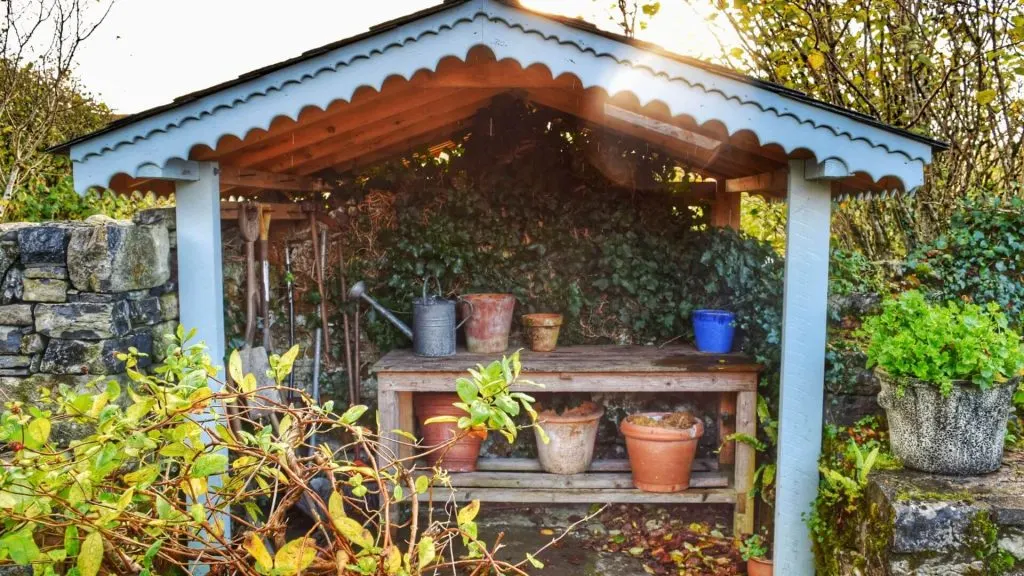
Key Takeaways
- Create a vibrant and enduring garden space with hardy perennials that are low-maintenance, drought-tolerant, shade-loving and cold resistant.
- Attract pollinators to your garden by incorporating bee balm, butterfly weed or red clover into the mix.
- Combine different heights, colours & textures for maximum impact in your outdoor space!
Hardy Perennials for Every Garden
Hardy herbaceous perennials are the backbone of many gardens, thanks to their adaptability and ability to flourish in a variety of conditions. From full sun to partial shade, these plants can excel in different growing conditions, making them an ideal choice for gardeners who face challenging conditions. Examples of hardy perennials include:
- Baptisia
- Russian Sage
- Bergenia
- Dianthus ‘Memories’
These plants not only withstand tough conditions but also bring vibrant colours to your garden throughout the year, compared to other plants. Some examples include:
- Autumn Crocus
- Goldenrod
- Chrysanthemum
- Russian Sage
- Stonecrops
- Sunflowers
Incorporating hardy perennials into your garden guarantees a captivating outdoor space that endures, even amidst challenging conditions.
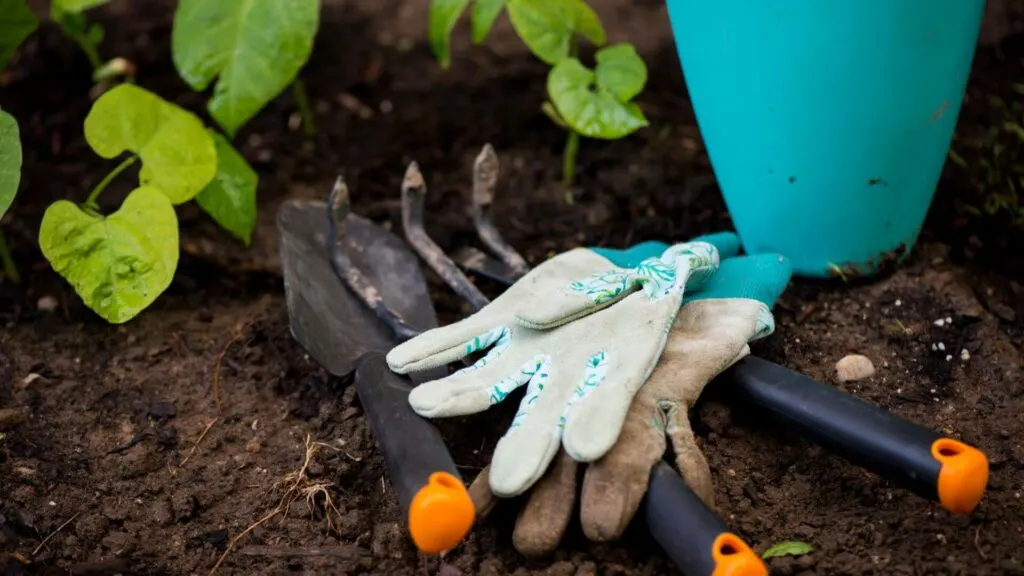
Drought-Tolerant Varieties
Drought-tolerant perennials are a gardener’s dream come true. These plants require minimal watering and can survive in dry climates, making them a valuable addition to any water-conscious garden. Some stunning examples of drought-tolerant perennials include:
- Yarrow
- Ornamental onion
- Butterfly weed
- False indigos
Sedum, also known as stonecrop, is one of the most well-known drought-tolerant perennials, thriving in Zones 3-10 and a wide range of growing conditions. With varieties like ‘Autumn Joy’ sedum and Dragon’s Blood sedum, these plants offer both beautiful foliage and a low-maintenance solution for dry areas. Another excellent drought-tolerant option is variegated agave, featuring striking two-tone leaves that captivate the eye.
Shade-Loving Species
Not all gardens are blessed with ample sunlight, but that doesn’t mean they can’t be filled with beautiful plants. Shade-loving hardy plants, such as hostas and hellebores, thrive in low-light conditions and add colour to darker garden areas. These plants perform best in full to part shade and moist, well-drained soil.
Oakleaf hydrangea, common oak sedge, and Persian shield are other stunning shade-loving hardy plants that can brighten up dim corners of your garden. Incorporating these shade-tolerant species, along with other shrubs, allows you to create a lush and vibrant garden, even in areas with limited sunlight.
Cold-Resistant Plants
While winter can be harsh on many plants, cold-resistant varieties stand strong even in the face of winter cold. Coneflowers and daylilies are perfect examples of plants that can withstand winter’s chill and continue to provide interest throughout the year. These plants thrive in full sun and well-drained soil, making them easy to incorporate into a variety of garden settings.
Coneflowers, reaching up to three feet in height, attract birds and butterflies with their vibrant purplish-pink, white flowers, orange, yellow flowers, and red blooms. Incorporating cold-resistant plants like these into your garden helps maintain a lively and enchanting outdoor space, even during the coldest months of the year.
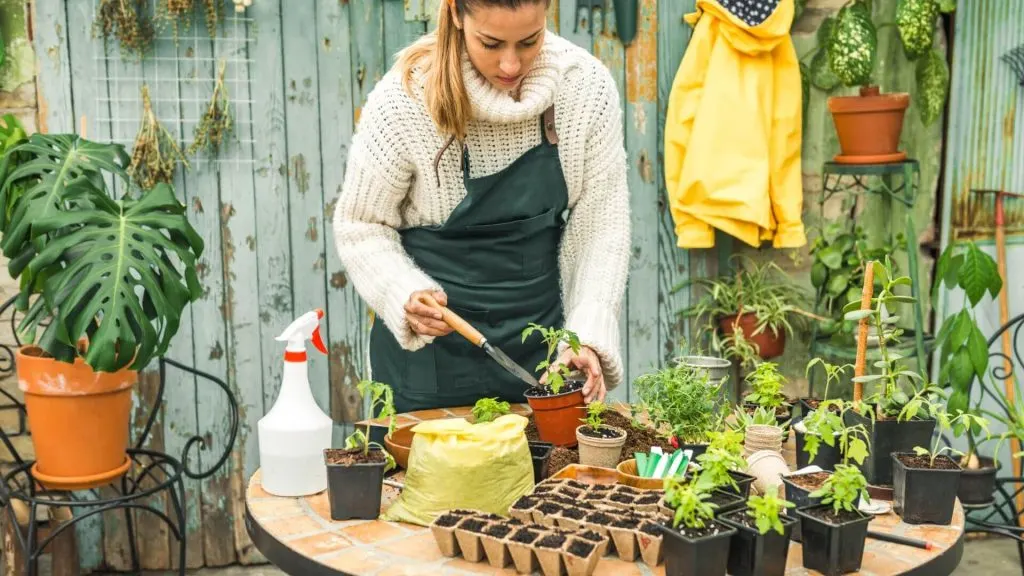
Colourful Hardy Plant Options
A garden filled with colourful hardy plants can be a feast for the eyes and a source of endless inspiration. Asiatic lilies, Japanese anemones, and Oriental lilies are just a few examples of hardy plants that offer a diverse palette of hues for creative garden design. These plants thrive in various conditions, such as full sun to part shade and well-drained soil, making them versatile and adaptable choices for your garden.
Asiatic lilies can reach an impressive four feet in height, while Japanese anemones grow up to three feet tall, and Oriental lilies can tower up to six feet. With their stunning blooms in shades of:
- pink
- rose
- white
- pale orange
- cream
These colourful hardy plants, with their blue green hues and bright yellow accents, can transform your garden into a vibrant masterpiece that captures the imagination and delights the senses. With a huge range of wonderful plants to choose from, you can create your perfect outdoor space.
Low-Maintenance Choices
For those with busy schedules or simply a desire for a more carefree garden, low-maintenance hardy plants are the perfect solution. Plants like yarrow and cranesbill require minimal care, making them ideal for gardeners who prefer to spend more time enjoying their outdoor space than tending to it.
Yarrow, with its impressive height of up to three feet, and cranesbill, known for its lovely early summer blooms, are both drought-tolerant and require minimal watering once established. Incorporating low-maintenance hardy plants into your garden results in a beautiful and resilient outdoor space that gives you more time to relax and enjoy the result of your efforts during the late summer.
Attracting Pollinators with Hardy Plants
Inviting pollinators to your garden is not only beneficial for your plants but also for the environment and the pollinators themselves. Hardy plants like red clover, bee balm, and butterfly weed provide essential food sources for bees, butterflies, and other beneficial insects, helping to support their populations and promote biodiversity in your garden.
These pollinator-friendly plants are not only functional but also visually appealing. Some examples include:
- Red clover: offers a great source of nectar with its vibrant purple-pink blooms
- Bee balm: boasts stunning flowers that attract a variety of pollinators
- Butterfly weed: also has beautiful flowers that attract pollinators
Incorporating these hardy plants into your garden creates a space that is both attractive and ecologically responsible.
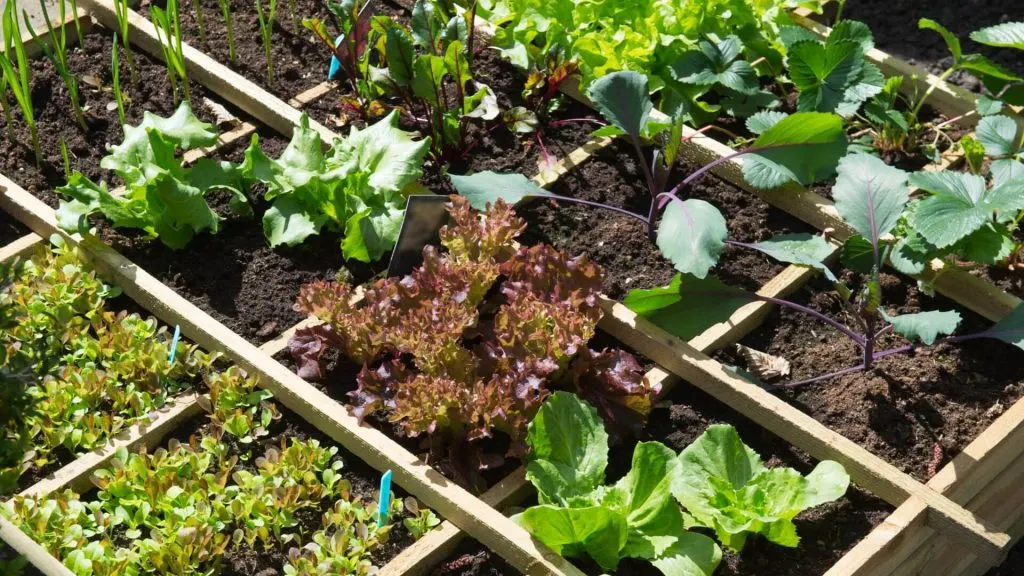
Hardy Groundcovers for Garden Beds
Hardy groundcovers can be a valuable addition to any garden, providing a low-growing, attractive layer that helps suppress weeds and protect the soil. Some examples of stunning and easy-care hardy groundcover plants include:
- Lady’s Mantle
- Creeping Phlox
- Bunchberry
- Hebe pinguifolia ‘Pagei’
- Pachysandra
- Hardy geraniums
These plants provide lush coverage and add a vibrant look to any garden bed.
Barrenwort and moss phlox are other resilient groundcovers that can thrive in various climatic conditions, making them low-maintenance additions to garden beds. Incorporating hardy groundcovers into your garden design results in an attractive and functional space requiring minimal weeding and maintenance.
Hardy Shrubs for Structure and Focal Points
Hardy shrubs like holly and hydrangea can add structure and focal points to your garden while requiring minimal maintenance. These plants provide visual interest and eye-catching features, such as unique foliage, vibrant flowers, and attractive berries, which can create a beautiful focal point in the landscape.
Their size and shape can also be used to create a harmonious and structured design, adding depth and dimension to your garden. Some examples of hardy shrubs that can be used to create stunning garden structures and focal points are:
- Aronia
- Azalea
- Calycanthus
- Camellia
- Daphne
- Hibiscus
- Juniperus
- Magnolia
- Rhododendron
- Salix
Hardy Trees for Small Gardens
Small gardens can still benefit from the inclusion of hardy trees, which provide additional benefits like wildlife support and seasonal interest. Rowan and crab apple trees are excellent choices for small gardens, as they can adapt to various growing conditions and provide valuable resources for birds and insects.
Historically, the rowan tree was believed to be a protective symbol and was planted outside houses for good luck. Crab apple trees, on the other hand, can thrive in most soil types and enjoy sun or semi-shade, making them versatile additions to small gardens. Including hardy trees in your small garden leads to a diverse and captivating outdoor space that provides year-round interest and supports local wildlife.
Combining Hardy Plants for Maximum Impact
To create a visually appealing and diverse garden that offers year-round interest, consider combining various hardy plants for maximum impact. This can be achieved by layering plants of different heights, colours, and textures, as well as repeating specific plants, colours, or forms throughout the garden to create a sense of cohesion and harmony.
For example, pairing ‘Frosty Morn’ sedum with:
- ‘Tricolor’ ajuga
- Geraniums
- Salvias
- Peonies
Can create a stunning and vibrant garden display. Thoughtfully combining hardy plants results in a garden that intrigues the senses and provides endless inspiration throughout the seasons.
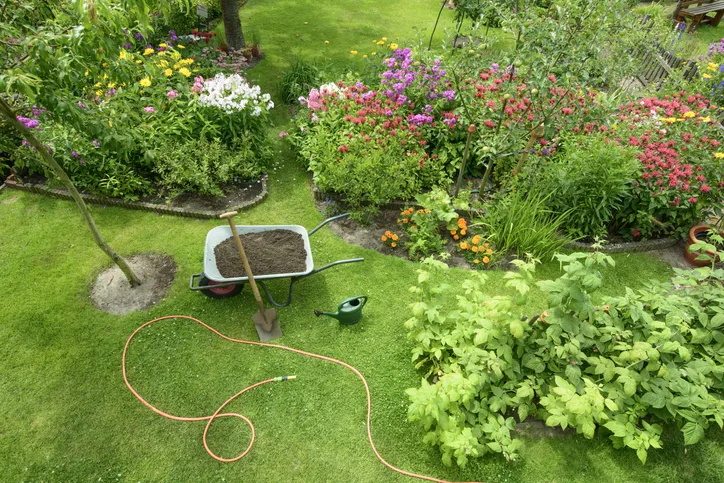
Caring for Your Hardy Plants
Caring for your hardy plants involves basic maintenance tasks like watering, pruning, and mulching to ensure their health and longevity. When it comes to watering, deep and less frequent watering is best, providing one inch of water per week for established plants. Pruning hardy perennials in the spring promotes new growth and keeps them looking their best.
Performing these simple tasks and monitoring for signs of healthy growth, like vibrant and lush leaf and growing tip development, full and healthy plants, and robust roots, helps ensure the continued success of your hardy plants. With just a little care and attention, your hardy plants can thrive and provide a stunning display in your garden for many years to come.
Propagating and Dividing Hardy Perennials
Propagating and dividing hardy perennials is an exciting process that allows you to spread their beauty throughout your garden and share with fellow gardeners. This involves taking existing plants and dividing them into multiple smaller plants or propagating them through cuttings or other methods.
For example, hostas can be easily propagated by dividing the clumps and replanting the divisions. Similarly, peonies can be divided without damaging the plant by carefully lifting the plant from the ground and cutting it into smaller sections. Propagating and dividing your hardy perennials allows you to enhance your garden’s beauty and achieve an even more stunning and diverse landscape.
Summary
Incorporating hardy plants into your garden is a smart and rewarding choice, providing a stunning visual display while requiring minimal care and maintenance. From drought-tolerant varieties and shade-loving species to cold-resistant plants and colourful options, hardy plants offer endless possibilities for creating a vibrant and resilient garden that thrives in even the most challenging conditions.
By selecting the right plants and combining them in thoughtful and creative ways, you can transform your garden into a breathtaking oasis that offers year-round interest and enjoyment. Embrace the power of hardy plants and watch as your garden comes to life with unstoppable beauty and resilience.
Frequently Asked Questions
What outside plants last all year?
Tough, evergreen plants like conifers, holly, boxwood, and yew will last all year round, adding vibrancy and beauty to your garden.
What is the hardiest plant?
The world’s toughest plant is Welwitschia mirabilis, a remarkable species that can withstand extreme weather and conditions.
Can hardy plants grow in both sunny and shady areas?
Yes, many hardy plants can thrive in both sunny and shady areas, as they can adapt to the various growing conditions.
Are hardy plants low-maintenance?
Hardy plants are generally low-maintenance and require minimal care, making them an ideal choice for busy gardeners or those who want a carefree garden.
Can I propagate hardy perennials to create more plants?
Yes, you can propagate hardy perennials to create more plants. This is a great way to spread their beauty throughout your garden and share with fellow gardeners.

Jessi is the creative mind behind The Coffee Mom, a popular blog that combines parenting advice, travel tips, and a love for all things Disney. As a trusted Disney influencer and passionate storyteller, Jessi’s authentic insights and relatable content resonate with readers worldwide.
